摘要:利用“位次—规模”法则,可以对中国机场货运规模体系分布情况(Zipf指数)进行估算。研究表明:目前,中国机场货运规模体系呈现出以上海浦东、北京首都、广州白云、深圳宝安四大机场为核心枢纽,成都双流、杭州萧山、郑州新郑三大机场为区域枢纽的“4+3+N ”空间发展格局;中国机场货运规模体系Zipf指数低于美国同期的15.11%,且近年来呈逐渐下降趋势;考虑空间维度的空间滞后模型(SLM)估计结果显示,中国机场货运规模体系存在空间竞争,2009—2018年Zipf指数为0.505~0.597,普通最小二乘法(OLS)模型高估了中国机场货运规模体系Zipf指数达12.04%。通过定量测度中国机场货运规模体系分布情况,可以为行业管理者和政策制定者优化中国机场货运规模体系提供新的决策依据。
关键词:航空运输 “位次—规模”法则 机场货运规模体系 Zipf指数 空间滞后模型(SLM)
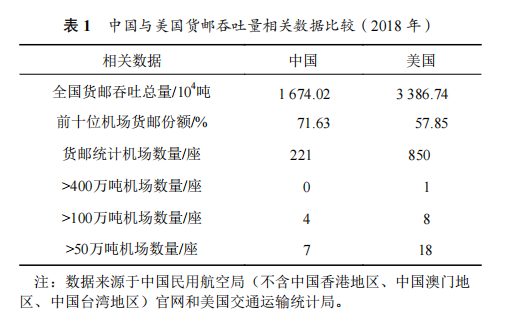
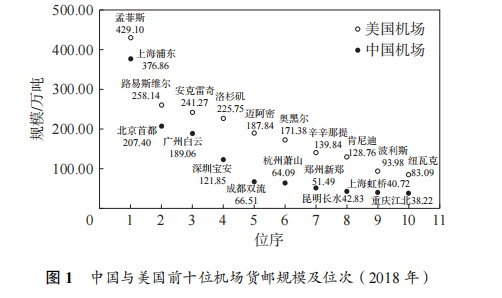
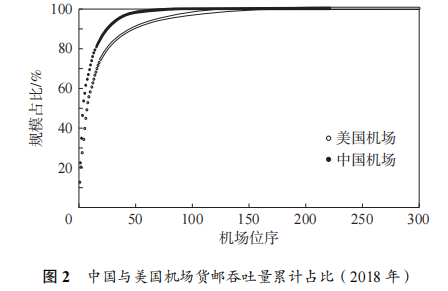
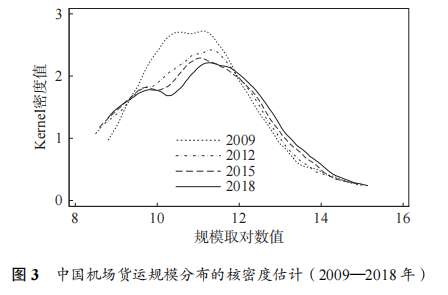



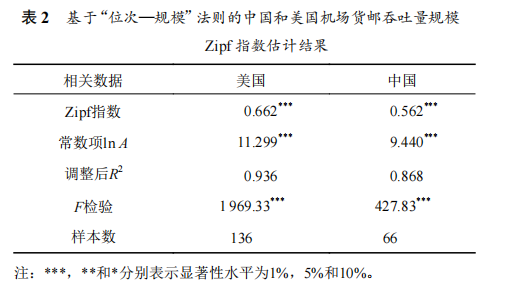


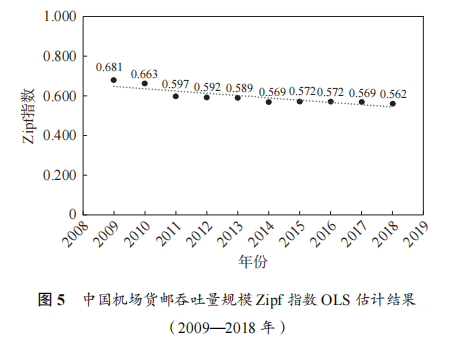



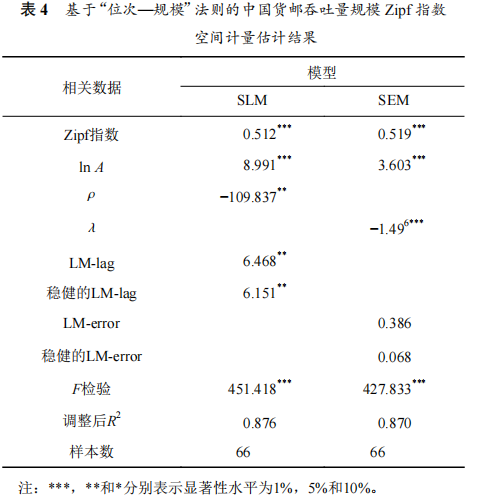
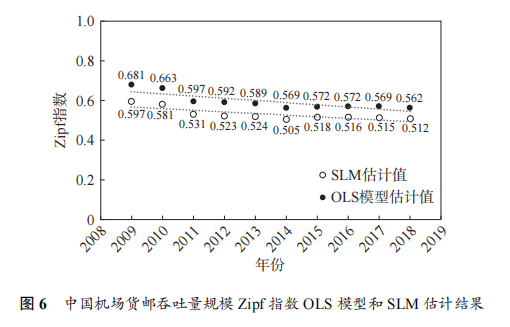
参考文献:
[1]JOHN D K,JONATHAN D G. Air cargo as an economic development engine: A note on opportunities and constraints [J]. Journal of Air Transport Management,2005,11: 459—462.
[2]张兵,胡华清,张莉,等. 中国航空货运发展及其空间格局研究[J]. 地理科学,2010(4): 489—495.
[3]莫辉辉,胡华清,王姣娥. 中国货运航空企业发展过程及航线网络演化格局[J]. 地理研究,2017(8): 1503—1514.
[4]HAO L,ZHANG N,LI H,et al. The influence of the air cargo network on the regional economy under the impact of high-speed rail in China [J]. Sustainability,2020,12(19): 8120.
[5]ADRANGI B, GRITTA R D, RAFFIEE K. Air cargo shipments and regional employment: The northern Nevada case [J]. Journal of Business & Economics Research, 2007, 5(2): 27—44.
[6]CHANG Y H,CHANG Y W. Air cargo expansion and economic growth: Finding the empirical link [J]. Journal of Air Transport Management,2009,15: 264—265.
[7]张会云,马欢欢. “一带一路”沿线航空物流和经济发展关系研究——航空物流与经济的时空演变及其耦合发展分析[J]. 价格理论与实践,2020(4): 172—175.
[8]沈体雁,劳昕. 国外城市规模分布研究进展及理论前瞻——基于齐普夫定律的分析[J]. 世界经济文汇,2012(5): 95—111.
[9]GABAIX X,IBRAGIMOV R. Rank−1/2: A simple way to improve the OLS estimation of tail exponents [J]. Journal of Business and Economics Statistics,2011,29: 24—29.
[10]ANSELIN L. Spatial econometrics: Methods and models [M]. Dordrecht: Kluwer Academic Publishers, 1988: 70—72, 243—254.
[11]ANSELIN L, REY S. The performance of test for spatial dependence in a linear regression [R]. Santa Barbara: National Center for Geographic Information and Analysis, University of California Santa Barbara, 1991: 91—113.

